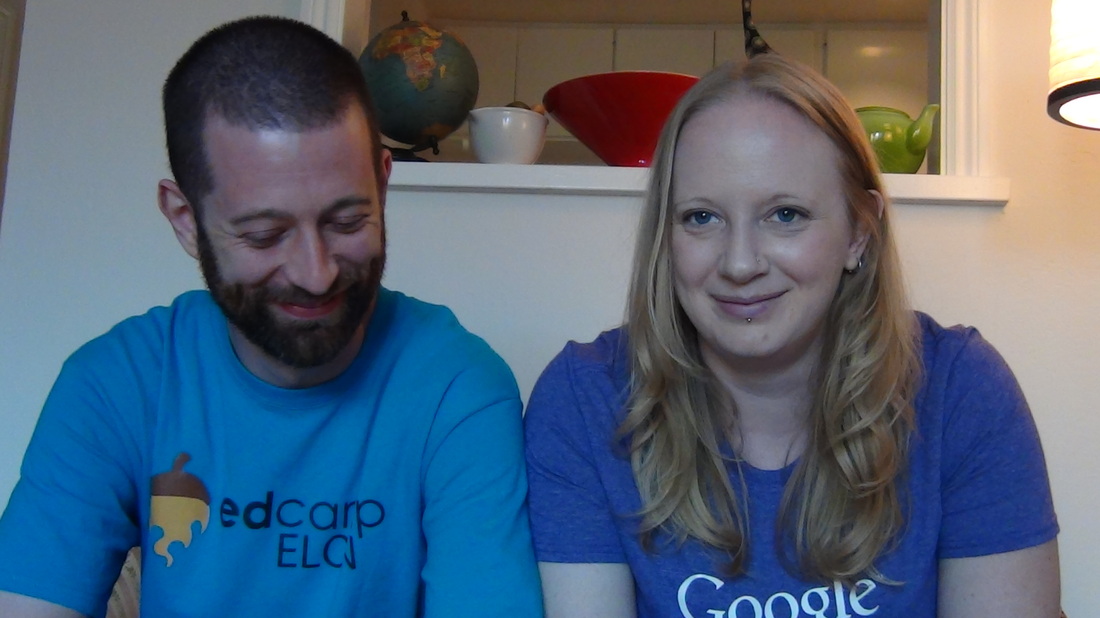The purpose of note-taking in a Thinking Classroom is to help students connect the dots between what was discussed in consolidation and what they did in the day's task, and to take ownership of the learning in the classroom. Last year, I eventually went to a system of daily note-taking after consolidation. It worked great for about 25% of the students, moderately well for another 50%, and not at all for the last 25%.
On the podcast, Liljedahl confirmed that they had seen the same distribution in their research, and they were working on a model that was showing promise. It has four distinct quadrants, and students complete them in order from the top left clockwise. The four quadrants are:
Guided Notes - a problem or fill-in-the-blank scaffold that goes over the essential knwledge from the topic. For math, that could mean a partially worked problem with notes that students finish/fill in.
Worked Example - a space for one problem/idea that everyone completes that uses the knowledge from the first box/the day's lesson.
Your Choice - students choose from a range of problems or topics to complete something on their own. A key component here is that students have choice, though the teacher can provide guidance. Ideally it would include a range of topics/problems that span from easy to challenging.
Things to Remember - this is where students write notes on the topic to their future forgetful selves. I illustrate this by showing them something they learned the year before with a lot of blanks and ask them what they remember. Sometimes it's a lot, but mostly, it's only a little. I ask them how well they knew it a year/six months ago. This helps them clarify what might be helpful to write down.
But the most important part of this practice is that students complete them together in groups at the whiteboards. They work on it all together, then teachers can have them transfer it to their own note paper. But working as a group allows students who are usually in that bottom 25% to access the information and get support in completing it.
When I tried it, I found that every student was able to be successful using this structure. The groups that struggled more at the whiteboards were able to get help from me and from other groups, and by the time they wrote it down, I was confident they understood.
This week, we talked about Hero's Journey structure as well as Plot Diagrams. So I made two Guided Notes and we've been working on them together throughout the week.
Here's the Hero's Journey one (blank - click here to get a forced copy):
And here's the one about Plot Diagram (click here to force copy)
This content all builds to the ways they understand texts throughout the year. This week, we focused on the story "The Heartless Giant" from Jim Henson's The Storyteller and its origin, "The Giant Who Had No Heart in His Body."
Next week, we reinforce summaries with Somebody Wanted But So Then Finally. I'll be using the Myths and Legends podcast "The Dark Forest."
I'll also be starting 8 pArts to build the pieces needed for Sentence Parts as we lead into the first narrative writing assignment.






 RSS Feed
RSS Feed
